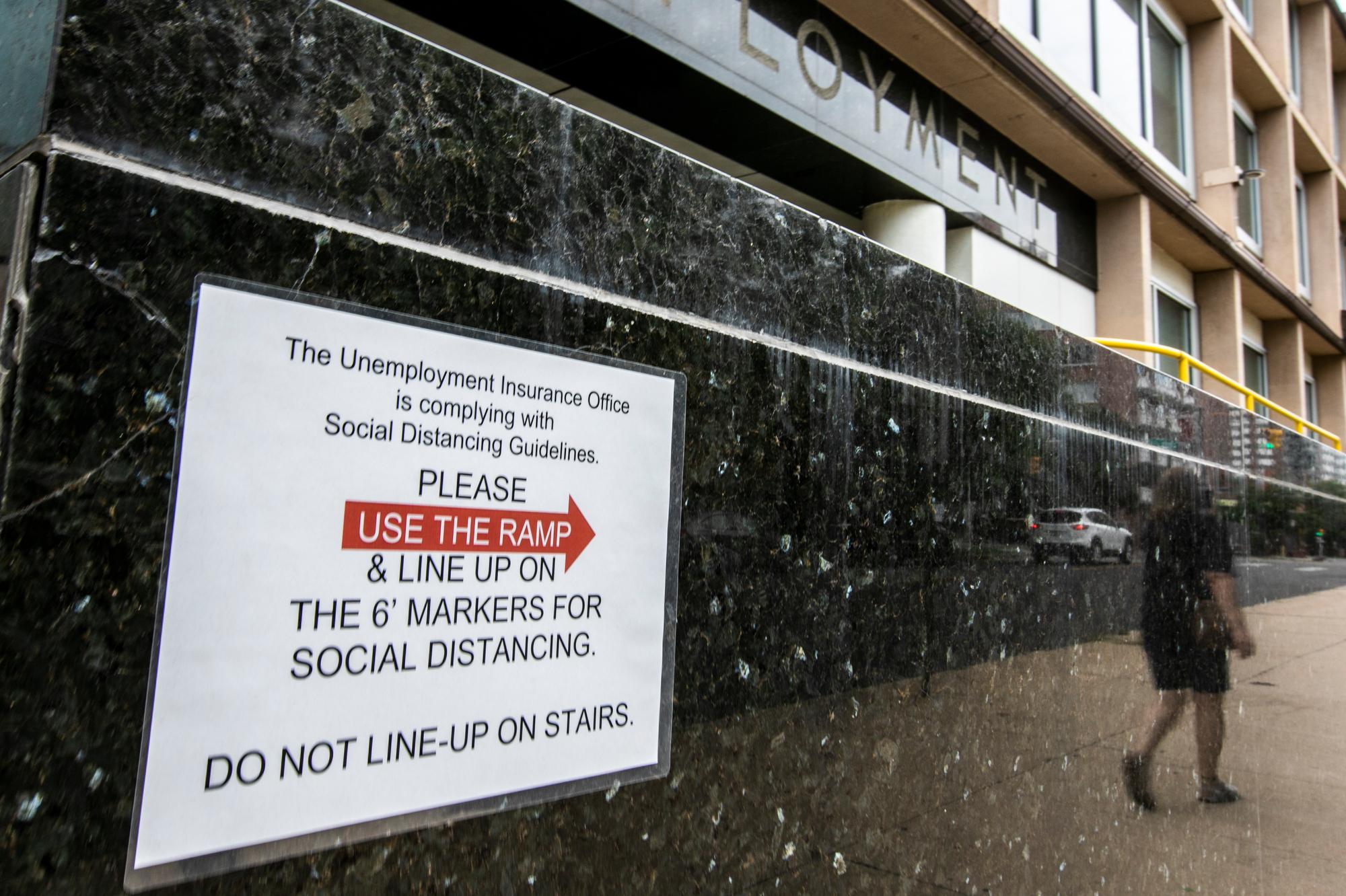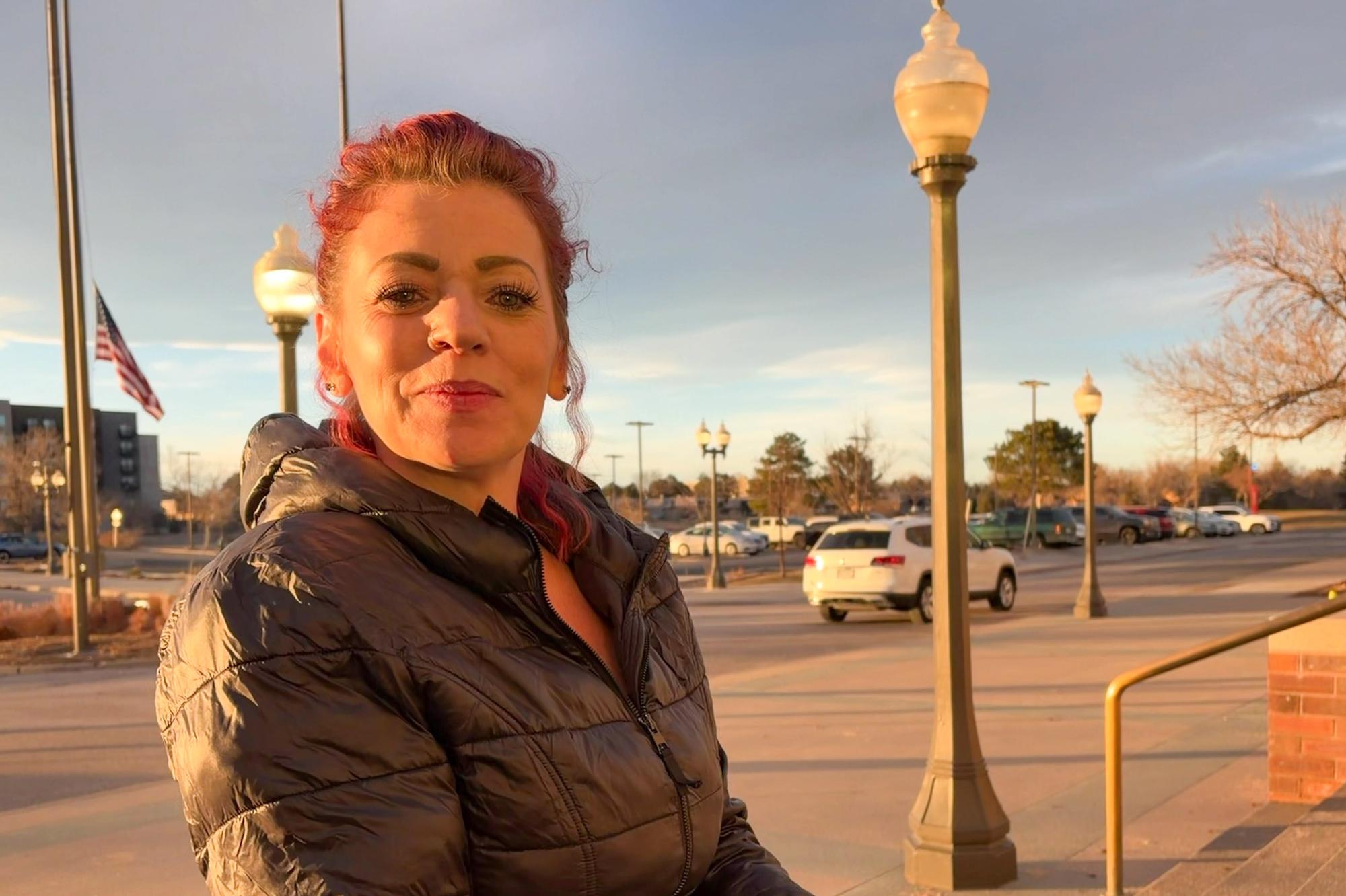
A recent Treasury Department report showed some states and localities have been slow to use the coronavirus aid Congress provided. But Colorado’s counties say those numbers don’t reflect the full picture.
“I think we’ve got plans for just about every dime,” said Margaret Danuser, the Deputy Chief Financial Officer for Denver City and County.
The county was one of five in Colorado to get direct aid from the federal government — just under $127 million. The Treasury report, which looks at spending as of June 30, shows Denver has spent just 2.3 percent.
Nationally, the analysis found that by the end of June, governments have used about a quarter of their allocated funds.
Danuser said one reason Denver’s total is so low is that the Treasury asked for “actual contracted costs.” Many of the items are still going through City Council for approval or being negotiated. She said, “it was more of a timing issue.”
That answer was echoed by other counties. The money flowing out isn’t reflected in this first report.
“We have allocated 85 percent of our dollars,” said Alisha Reis, Deputy Adams County Manager. The Treasury report showed 16 percent usage. “We are still in process with a lot of our allocation, like we are moving dollars to our community agencies. It is taking a bit of time for them to get into expenditure mode.”
She said spending increased more in July and August, which is not reflected in the report. Of the $90 million Adams received, the county passed 45 percent on to its cities, towns and unincorporated areas. The rest was used for schools, fire districts, Tri-County Health Department and other groups.
In Arapahoe County, spokesperson Luc Hatlestad, said they’re using a cost reimbursement model to spend their allotted $114 million. They have the lowest percentage used as of June 30—just 1 percent.
The way it works is that a community or department has to submit a proposal for a project or a program and once the county verifies it is COVID-related, then the money goes out the door.
“Other programs will start or expand as different entities identify their needs, but we have until the end of the year to use all the money,” he said.
And this is key. Cities and states have the rest of 2020 to use all the funds, and some are holding back a portion in case of a fall resurgence of the virus. They’re also waiting to see if Congress will agree to more local aid, or give them longer to use the money they’ve already gotten.
“We don’t think COVID is going to go away December 30,” Denver’s Danuser said.
Additional state and local aid is a major point of contention in this latest round of coronavirus aid negotiations between Republicans and Democrats.
Some Republicans in Congress have pointed to the report — and its low numbers — as a reason not to give additional aid. They don’t want to "bail out" what they have described as fiscally-irresponsible Democratic-run states and cities.
But on the ground, the call for additional aid has been generally bipartisan — with Democratic and Republican governors and mayors asking for help. And current rules governing the use of the funds say they cannot be used for “revenue replacement” — that is, backfilling the large declines in sales and income tax revenue governments use to pay for their general functions.
Both Colorado Senators have called for additional state and local aid, as has a majority of the state’s House delegation. The vast majority of the counties in Colorado did not get any direct aid in the CARES package. Instead, those counties had about $275 million to share from the state’s portion.
The White House has been open to additional aid, but hurdles still remain.
“State and local — this is obviously a big issue we're still very far apart on,” Treasury Secretary Steve Mnuchin said. “The president is not going to do a deal that has a massive amount of money to bail out state and local.”
Mnuchin is leading the talks along with White House Chief of Staff Mark Meadows, a former House member and founding member of the Freedom Caucus. They argued the president is open to additional aid for coronavirus expenses, including for those on the front lines, such as first responders and teachers.
House Speaker Nancy Pelosi countered that is exactly what the local additional aid her caucus wants would do.
“That's what a lot of this discussion is about,” Pelosi said Thursday night after a three-hour negotiating session. “The very idea that they would use the term ‘we're not bailing out the state.’ No, we're helping to pay for the cost of the coronavirus. Significant outlays. And we want to avoid the layoffs that will come unless there is that help for the states.”
Denver is one of numerous Colorado localities that have announced furloughs and layoffs to address their pandemic-related shortfalls. The latest job numbers show government employment did rise by more than 300,000 jobs in June, but is still below the 1.1 million level in February.









